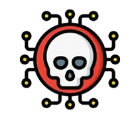
Public Sector Cybersecurity
Novesh helps ensure the public sector maintains robust cybersecurity measures which are essential for protecting sensitive data, ensuring continuity of government services, and safeguarding national security.
Protecting our vision of the future with smart cities
Smart City initiatives like intelligent information and communication technology (ICT) and Internet of Things (IoT) platforms help reduce traffic congestion, energy and water consumption, crime, and improve services your city provides. Utilizing customized protocol analysis together with a passive, real-time monitoring methodology, our platform and services provide unparalleled insights for improving cyber resilience and data protection.
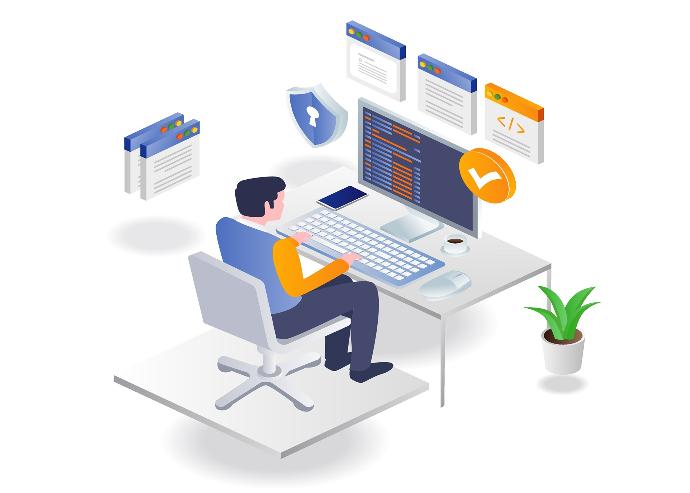
Improving resilience for public safety and first responders
From law enforcement to emergency response services, the use of integrated ICT has proved its value in use cases such as fleet management, communications, physical security and life safety. Threat modeling for these device ecosystems requires high confidence security and vulnerability telemetry with near real time response actions. Utilizing data from our platform, security teams can transform their response process and minimize interruption to services.
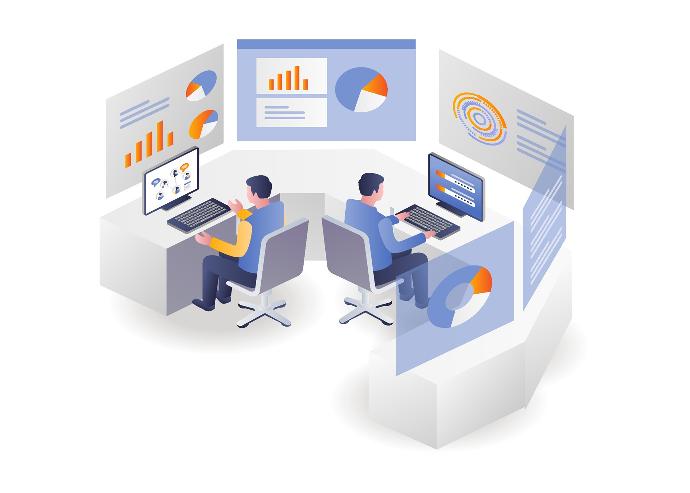
Adapting to New Security Compliance and Landscape
Compliance requirements and new regulations are changing the way organizations and agencies perform threat management and security operations. Utilizing frameworks from NIST and MITRE along with guidance from federal and state agencies, security teams are pivoting from incident-based operations to continuous monitoring. This requires a new strategy that pulls in asset telemetry and behavioral data from IT and operational technology (OT) along with Industrial Control Systems (ICS). Our monitoring platform provides real-time and passive threat intelligence and curated risk prioritization that enhances SecOps functions and situational awareness.
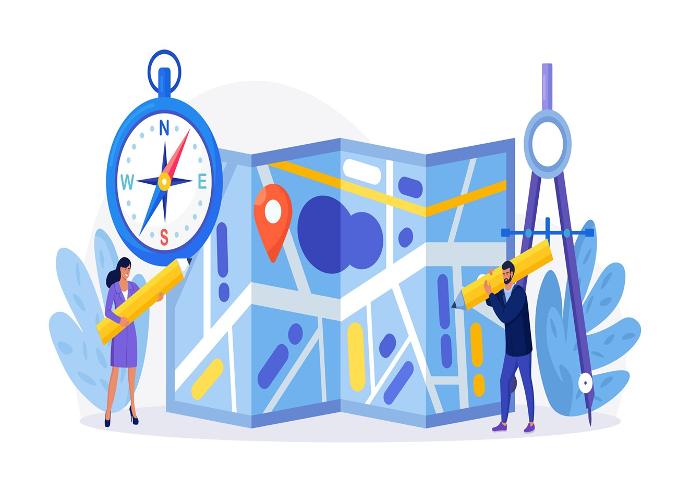
Navigate compliance and third-party risk
Most public sector organizations have a complex compliance landscape with multiple regulations requiring differing approaches to information security and data privacy. This leads to report fatigue for security teams in keeping up with the compliance and risk management processes. The Armis Platform helps by providing mapping to industry frameworks like MITRE that increases transparency between effectiveness of information security controls and their testing methodology. A key benefit of this is high context visibility into all devices in the environment including those using peer to peer airspace protocols. This allows security and risk teams to have a comprehensive understanding of managed vs unmanaged assets thereby reducing third party risk.
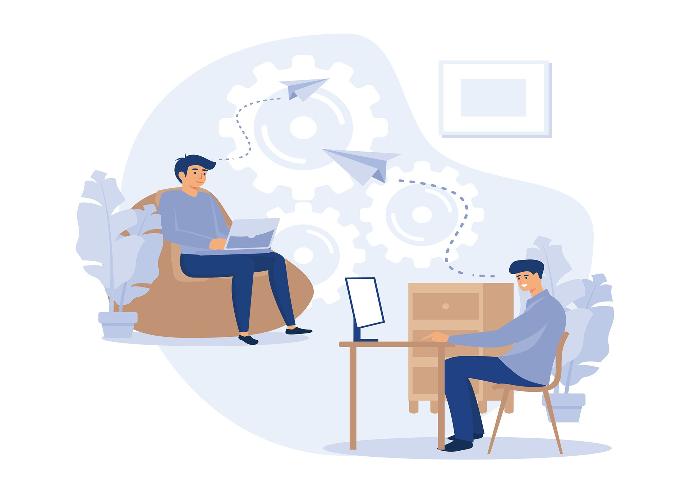
Adapt to the realities of a hybrid workforce
Transitioning from an onsite to a hybrid workforce poses challenges for security hygiene and the threat landscape for Public sector organizations. To transform the digital strategies that enable complex workflows in order to sustain operations, agencies need to adjust threat modeling to account for vulnerabilities introduced from insecure home networks, consumer devices, and IoT along with cloud-based threats to collaboration devices. The Armis Platform provides passive and real-time device posture and threat visibility so organizations can pivot IT and security strategies to respond to large-scale shifts in workforce and better manage enterprise and third party risk.
Local Universities and Public Institutions
Novesh is interested in offering help to local universities, educational institutions, and public institutions. One of the areas of interest is to offer cybersecurity awareness training programs and services to these entities. We offer internships to students to gain real-world hands-on experience. We also provide on-site training and equipment to interested entities as well.
Cybersecurity Training Workshops
Cybersecurity threats, like ransomware and phishing attacks, are a clear and present danger for all entities housing sensitive information. As local government officials, you face the challenge of deciding how to best mitigate the risk. As you receive your American Rescue Plan (ARP) funds, we can help you better understand the program and possible uses for these funds — and utilize those resources in the way that best serves and protects your community. One of the best investments you can make is your staff training in the area of cybersecurity and in general cybersecurity awareness in your organization.
Contribution and Support
As part of our training programs and initiative, we are building low-cost ICS cybersecurity testbeds and platforms to use in our educational programs and providing to our local community and students who are interested in becoming cybersecurity experts and serving the states. We are also developing an online automated penetration testing platform to be used by local businesses to test their web applications for free. If you like our work and would like to support the cause and this journey, please do reach out to us.


